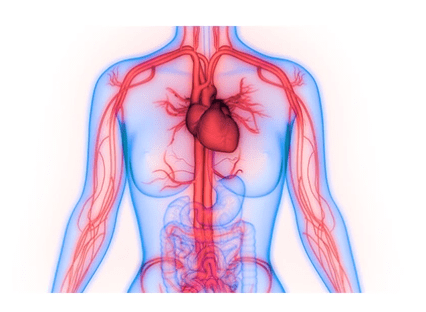
Peripheral Vascular Disease – PAD Are you at Risk?

Peripheral vascular disease, also known as peripheral artery disease or peripheral arterial disease (PAD), refers to the constriction or blockage of arteries outside of the heart and brain by atherosclerotic plaques. Peripheral artery disease is a kind of arterial insufficiency in which blood flow via the arteries (blood vessels that transport blood away from the heart) is reduced.
High blood cholesterol, diabetes, smoking, hypertension, inactivity, and overweight/obesity are all risk factors for peripheral artery disease.
The location and extent of the blocked arteries determine the symptoms of peripheral arterial disease. Intermittent claudication is the most prevalent sign of peripheral artery disease, which manifests as discomfort (typically in the calf) that develops during walking and disappears during rest.
To help in the diagnosis of peripheral neuropathy, doctors may employ radiologic imaging methods such as Doppler ultrasonography and angiography.
Lifestyle changes, medicines, angioplasty and associated procedures, or surgery can all be used to treat peripheral arterial disease. It's possible to utilize a mixture of therapy options.
Sores that do not heal, ulcers, gangrene, and infections in the extremities are all complications of peripheral artery disease. Amputation may be required in rare situations.
Peripheral artery disease affects somewhat more males than women, and it mostly affects the elderly (over the age of 50). The variables that predispose to the development of atherosclerosis are established risk factors for peripheral artery disease. The known risk factors for peripheral artery disease are those that predispose to the development of atherosclerosis. Risk factors for peripheral artery disease include:
- High blood cholesterol (elevated levels of the "bad" LDL cholesterol and triglycerides
- Low blood levels of the "good" HDL cholesterol
- Cigarette smoking
- Diabetes mellitus (both type 1 and type 2 diabetes)
- High blood pressure (hypertension) or a family history of hypertension
- A family history of atherosclerotic disease
- Chronic renal failure
- Overweight or obesity
- Physical inactivity
The risk factors for peripheral artery disease are cumulative, so a person with two risk factors — diabetes and smoking, for example — has a higher chance of getting more severe peripheral artery disease than someone with only one risk factor.
We are just a call or click away. To learn more, book an appointment online or over the phone with PeachState Advanced Cardiac & Endovascular. We have several locations in Georgia: Newnan, Atlanta, & Griffin.
You Might Also Enjoy...


Should I be worried about my numb feet?

Can leg cramps be a sign of something serious?

Meet Dr. Odiete - PACE Cardiovascular Specilaist

Keeping your Vascular System Healthy


